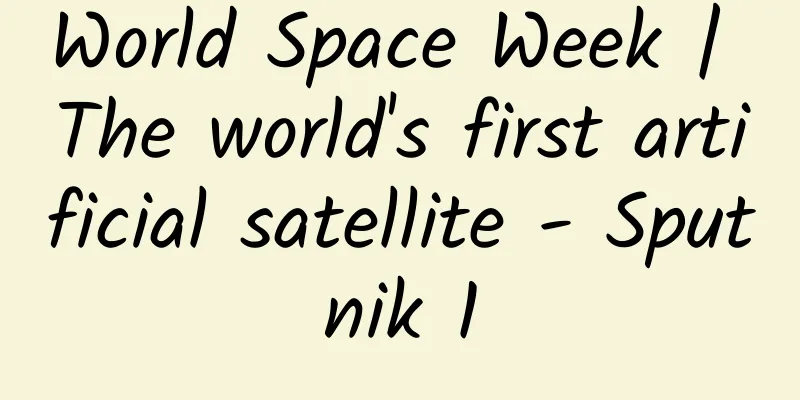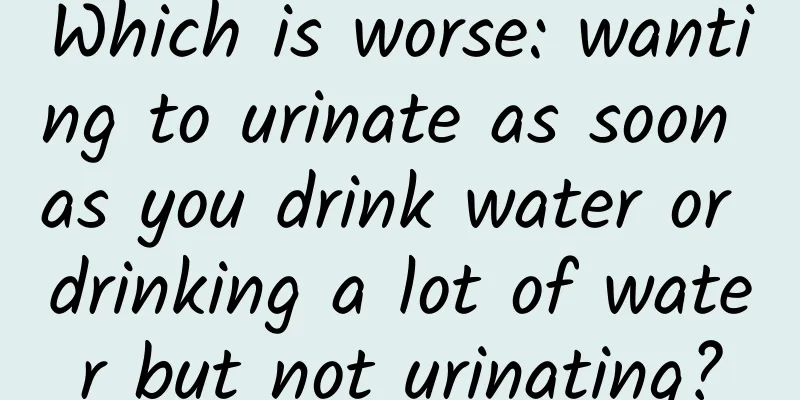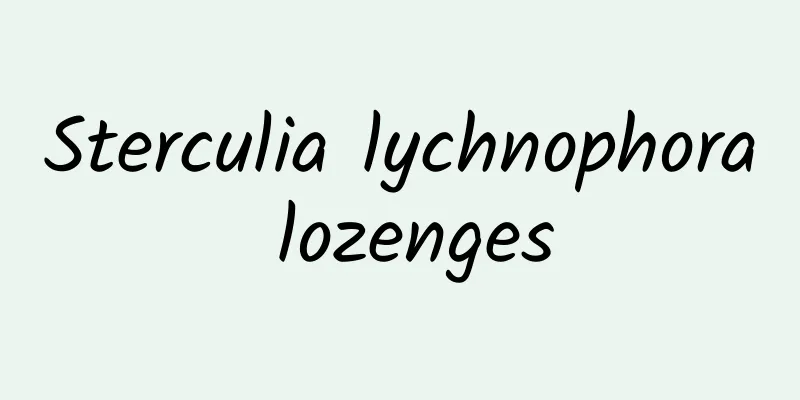The efficacy and function of Angustifolia

|
Lycopodii angustifolia is a famous traditional Chinese medicinal material with a long history of application. Today we will learn about the narrow-leaved sea sand. Small-spiked Climbing Fern [Source] Medicinal material source: the whole herb or spores of Lygodium angustifolia, a plant of the Lygodium family. [Original form] The plant is climbing, up to 3m high. There are two narrow edges on the rachis, and the pinnae are numerous, growing oppositely on short branches on the rachis, spreading flat to both sides. The short branches are about 5 mm long, with a tuft of light brown soft hairs at the end. The vegetative pinnae are oblong, hard grass or papery, 8-15cm long, with a base width almost equal to the length, with a 1-1.2cm long petiole, the petiole and rachis covered with short gray hairs, with narrow margins on both sides, once pinnate or nearly twice pinnate, with 2-3 pairs of pinnae, alternate, with short petioles, not attached to the joints, 1-1.8cm apart, 5-10cm long, palmately divided, with the central lobe the longest, the base cordate, with 1-2 short lobes on both sides, and the leaf margin with fine sharp serrations; the main vein is obvious, the lateral veins are slender, obliquely upward from the main vein, two to three times dichotomously branched, reaching the serrations. Spore pinnae are ovate-triangular, long-tailed, 8-12cm long and about 10cm wide. There are 2-3 pairs of pinnae each, alternate, a pair of ovate-triangular at the base, with a long acuminate tip, pinnate each, with 1-2 pairs of short lobes at the base, ovate-triangular or ovate-lanceolate, 1.5-2cm long and 1-1.5cm wide; there is a lanceolate lobule at the tip, 5-7cm long, and nearly cordate at the base. Sporangium spikes are linear, 3-4 mm long, loosely arranged, brown, and glabrous. [Habitat distribution] Ecological environment: Growing in thickets, stream banks or valleys below 200m above sea level. 【Nature and flavor】 slightly bitter; sweet; cool 【Meridian】 Bladder meridian 【Functions and indications】 Clears away heat and removes dampness. Mainly used for urinary tract infection; urinary tract stones; burns [Usage and Dosage] For oral use: decocted in water, 9-15g. For external use: take appropriate amount, grind into powder and apply on the affected area; or crush fresh product and apply on the affected area. [Discussions by various scholars] "Xinhua Compendium of Materia Medica": The whole plant and spores: slightly bitter in taste, cool in nature. It has diuretic and anti-inflammatory functions; used for urinary tract infections, urinary stones and burns. 【Excerpt】 Chinese Materia Medica The above only introduces some of the effects and functions of the narrow-leaved sea sand. In fact, it also has other effects, which I will not introduce here one by one. If you are interested, you can take a look at the effects and matters recorded in medical books. |
<<: Effects and functions of Tripterygium wilfordii[Picture]
>>: The efficacy and function of shrimp flower leaves
Recommend
The efficacy and function of Kunming Millettia Root
The efficacy and function of the traditional Chin...
The efficacy and function of purple bead
There are many common Chinese medicinal materials...
How to distinguish the authenticity of Maca
Because maca has great medicinal value and practi...
Be careful! The power sockets in high-speed trains are really harmful to your phone
The annual Spring Festival travel rush has offici...
From science fiction to reality: How far are we from a world where “what you wish for can come true”? (Part 1)
Produced by: Science Popularization China Author:...
The efficacy and function of kiwi branches and leaves
As a traditional Chinese medicine, kiwi branches ...
Can the fruit of Paulownia patens be eaten?
The white flowered Paulownia fruit is a fruit tha...
The efficacy and function of iron vine root
For Chinese medicinal materials such as iron vine...
The efficacy and function of cypress root
Recently, major TV channels have launched various...
State Post Bureau: The average monthly domestic express delivery volume will reach 14 billion pieces in 2024, and the rural market will become a new growth pole
Recently, according to media reports, China's...
The efficacy and function of Polygala microphylla
Nowadays, our living standards are constantly imp...
Can Acanthopanax Senticosus Treat Depression?
With the continuous advancement of medical equipm...
The efficacy and function of the maple
Glechoma longituba is a Chinese medicinal materia...
What is the "piping" phenomenon of Dongting Lake's dam bursting? How to rescue it?
July 5 afternoon Tuanbei Village, Tuanzhou Townsh...
Attention! Do not take painkillers for stomachache!!!
With the increasing pressure of work, the acceler...









